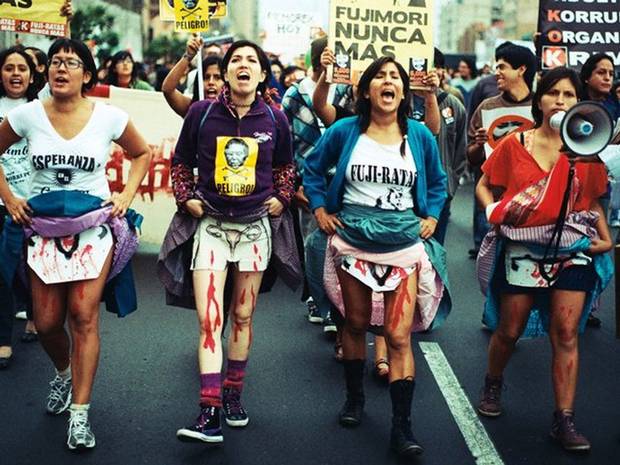I’ve been doing research on the policy around reproductive health in Peru. With some significant political instability in the last few decades came a huge shift in contraceptive policy, from neoliberalism to extreme conservatism.
In the 1990s the Fujimori government addressed reproductive health from a population control angle. Making contraceptives more widely available, legally, was highly controversial since Roman Catholicism is the dominant religion in Peru. Feminists celebrated increased options for Peruvian women to exercise reproductive health autonomy.
In time, though, this campaign became infamous for performing sterilizations without informed consent; aggressive recruitment practices targeted at individuals in poor communities (such as the indigenous); and extremely poor quality of care in delivering those procedures.
Severity of these violations varied. Some were as simple as offering a bag of rice to incentivize women to agree to tubal ligations. Many occurred during consensual operations, e.g. when a poor woman had a C-section and overheard the doctors say they finished up with a sterilization procedure. Some accounts were more violent:
“The doctor yelled, “Get on the bed”.[sic] They restrained me with a belt from both sides; they opened my legs. I was screaming, “I want to get out, I want to get out”. Then a nurse came in and gave me an injection with a big syringe and pushed my belly and said, “Quick, count to three, count, count”…I don’t remember anything after that. When I woke up I was lying on the floor, around many other women who had been “ligadas”; they were just lying there on the floor, all in a row.”
Besides the glaring human rights violations, this ‘fertility reduction for poverty reduction’ strategy is flawed. Reduced fertility does correlate with reduced poverty, but industrialization has proven to reduce poverty which then represses fertility, not the other way around.

Local women’s groups organized to collect more than 2,000 testimonies of ‘forced’ sterilizations, and the estimates for total occurrences range from 200,000 to 300,000. An investigation looking to prosecute the executors of these crimes was opened in 2012 and closed earlier this year, with continuing efforts to reopen on the behalf of individuals and the collective group of those injured.
This regressive campaign targeted people in poverty, including indigenous communities like the one I’ll be visiting. I’m interested to see what kind of impact this campaign has had in this district. Finding location-based data on these sterilizations has been very difficult, especially with my lacking Spanish skills. The group I work with might have no recollection of this regime’s activities, for all I know.
What’s certain is that policy making in this context has fallen short on prioritizing the needs of the individuals, in favor of alternative benefits such as poverty reduction and, as I’ll address later, global politics.